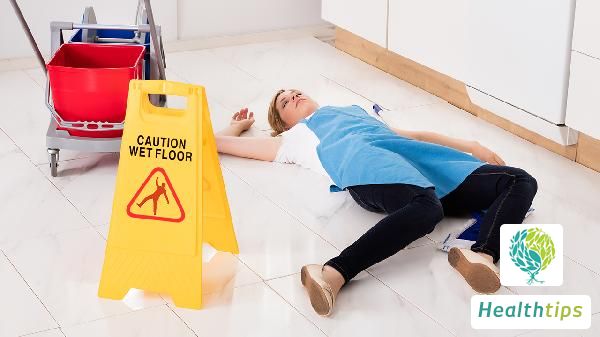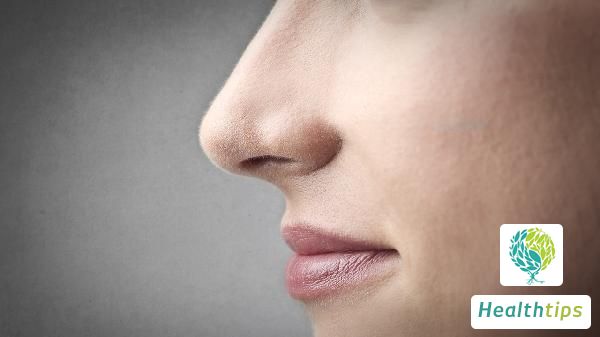Why Do My Calves Feel Cold and Ache?
In daily life, if we feel coldness in our calves, it is likely due to poor blood circulation in the lower extremities, leading to insufficient blood supply and microcirculatory disorders. Of course, the most common reason may also be the cold weather and inadequate warmth for our legs, resulting in cold calves. At this time, we can use hot water to soak our feet for relief.

Cold stimulation from the external environment, such as low indoor temperature during winter nights, thin blankets for sleeping, or legs exposed to the cold air. Muscle spasms and soreness caused by cold exposure. Some people may stay in cold water for a long time, sleep in a low-temperature air-conditioned room, or have a fan blowing directly on their legs for extended periods, which can lead to coldness penetrating the body. Solution: A quick way to relieve this is to soak in hot water or apply heat.
Excessive fatigue, lack of sleep or rest, or excessive rest can lead to the accumulation of local acidic metabolites, causing muscle spasms. For example, walking or exercising for too long can cause excessive fatigue in the lower extremities or insufficient rest and sleep, leading to the accumulation of lactic acid; excessive sleep and rest can slow down blood circulation, leading to the accumulation of carbon dioxide. Soreness caused by excessive fatigue. For instance, walking for extended periods or exceeding usual activity levels, wearing uncomfortable shoes, especially high heels for women, can easily lead to calf soreness. Solution: You can use sea salt or mint leaves to make a hot foot soak. This can effectively eliminate fatigue, relieve pain, and provide quick results.
Due to a lack of regular exercise, walking can feel like a strong stimulus to the calf muscles, causing them to become fatigued and sore. Lactic acid produced during exercise can cause muscle soreness. Extreme sports are typically hypoxic exercises. Unless they are used to gradually enhance heart function, they can be harmful to the heart in the long run. On the other hand, exercises like walking or jogging for over 30 minutes are typically aerobic exercises. Since they provide sufficient oxygen, they can help burn fat without producing lactic acid. Solution: In this case, it is recommended to gradually increase the intensity of exercise. Persistence is key, and over time, your symptoms will gradually ease until they disappear. If the soreness is severe, you can apply heat and massage for relief. Before each activity, it is also advisable to do some preparatory work to relax the calf muscles. Short-duration, high-intensity exercises are hypoxic due to the relative lack of oxygen.



















